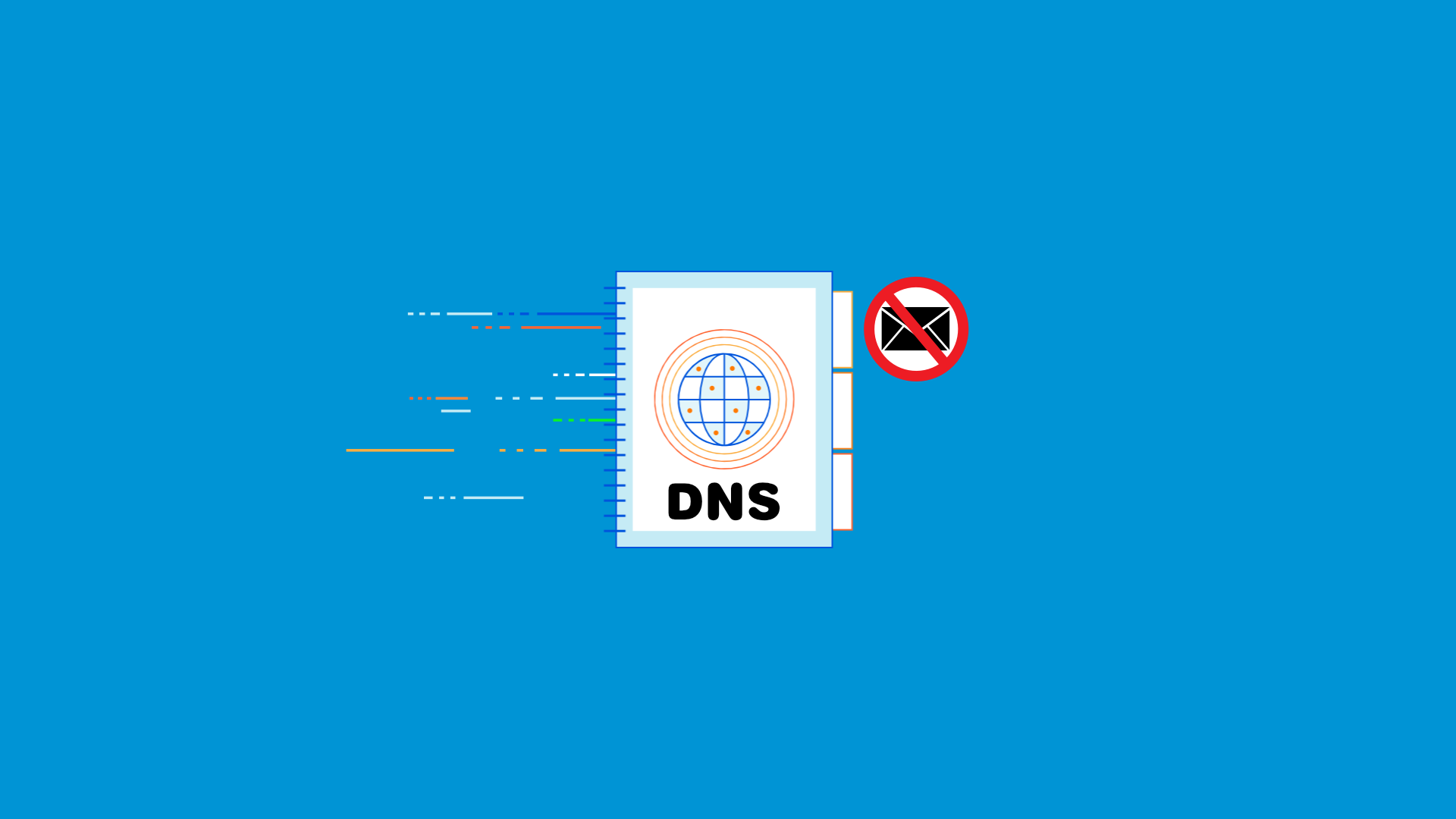DNS - Lockdown domains that do not send emails
I’ve setup a few domains recently that won’t be used to send emails (well, certainly not presently). It’s good security practice for the domain to specifically state that fact in the DNS records and each time I have to do it, I find myself digging around for the boilerplate I use to do it. As an aide-memoir, this short post summarises everything in the following table - For reference, this Cloudflare article explains the full details perfectly.











